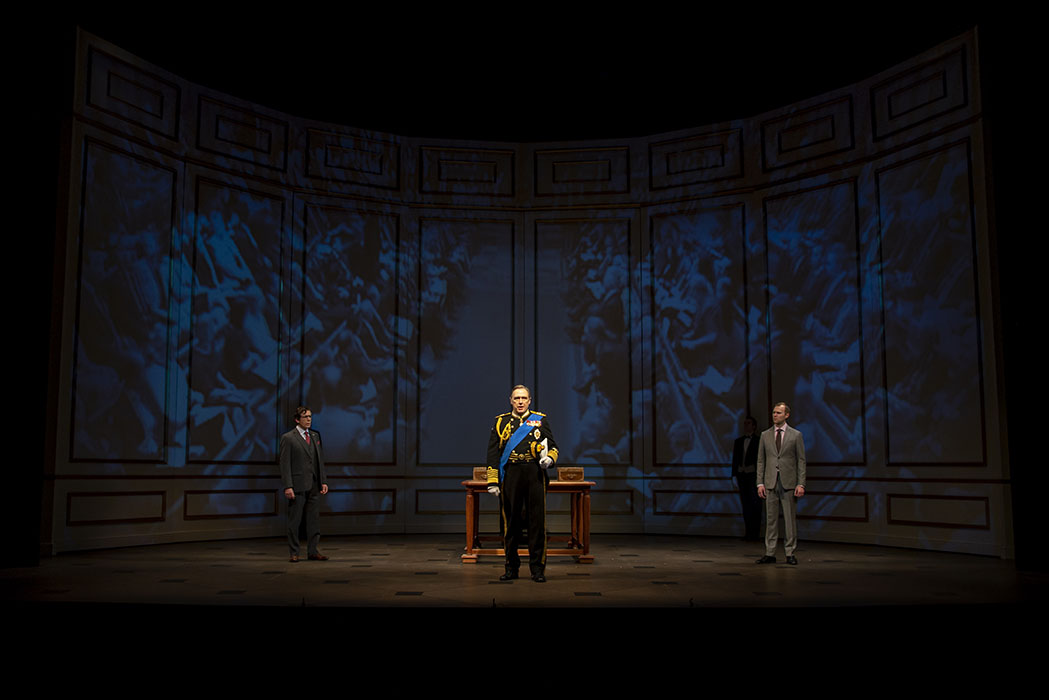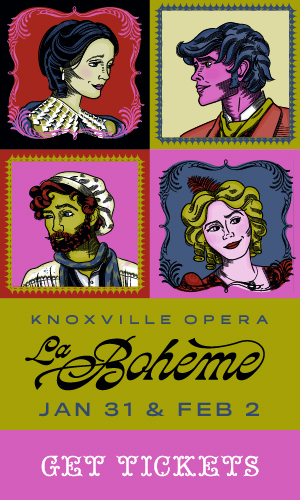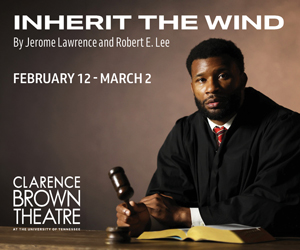It should come as no surprise that a somewhat heated controversy arose in the U.K. over Mike Bartlett’s 2014 play, King Charles III, a dramatic projection of the accession to the throne of Prince Charles following the eventual death of his mother, Queen Elizabeth II. Naturally, some detractors claimed that speculation on the Queen’s death to be “insensitive,” while the play’s supporters found the biting portrayals of the royalty, and the premise of a possible constitutional crisis of their own making, to be “wickedly entertaining.” Enjoying the luxury of a degree of separation, American productions have included a Broadway run with those audiences absorbing the premise less personally and through the prismatic buffer of recent news. Similarly, audiences for the Clarence Brown Theatre’s current production of King Charles III should find themselves drawn deeply into the play’s alternative reality, intrigued by language and some outstanding performances, all the while challenged by what-ifs and a host of delicious parallels. This is a compelling and entertaining production that should be on every theatre-goer’s list.
Admittedly, audiences for King Charles III must make some calculated assumptions and adjust their dramatic expectations to some conflicting realities. For example, Bartlett’s script pre-dates the meeting, romance, and marriage of Prince Harry and Meghan Markle, yet dangles the issue of press freedom versus personal privacy that has had real life consequences for the royals. Bartlett has also taken substantial creative license with the other real life characters—notably Prince William and Catherine—suggesting Shakespearean motives of betrayal and lust for power in those we know only through their carefully constructed public images and news stories. Lending a dramatic prominence to the theatrical presentation is Bartlett’s use of language: colorfully constructed blank verse brimming with substance, metaphor, and allusion that suggest a Shakespearean tragedy. And, of course, in Shakespearean fashion, there is the ethereal ghost of Diana to haunt the waking life of Charles and his son.
As befitting such a plot, the title character, portrayed with a sense of inevitable tragedy in this production by Kurt Rhoads, finds himself immersed in an ethical situation of his own making following the decades of waiting for the throne. In a departure from his mother’s policies of non-interference, the new King Charles has decided to intervene in a governmental issue by refusing to give his assent to a bill already passed by parliament, thus causing a constitutional conflict.

Strangely, the bill which Charles opposes would regulate the press in terms of invading personal privacy, something that has previously impacted the royal family in the death of Diana. While one could view this stance as merely a result of lifelong conservatism, Rhoads and director John Sipes make sure that a more universal concept emerges—the desire of Charles to be a dynamic king with a place, rather than as a placeholder, in history. For those audience members unsure as to whether this is even possible in contemporary Britain, indeed it is. A court ruling in 2015 made public the Prince of Wales’ memos to cabinet ministers, in which he was seeking to covertly influence their actions.
With the exception of a red-haired Prince Harry (Collin Andrews), Sipes and CBT have mostly avoided the complexities of trying to match physical attributes of the royals in casting. Nevertheless, you can’t miss the players. Nance Williamson’s Camilla is every bit as supportive of her husband as one would expect, but is also every bit as powerless. The big surprise comes from William (Brian Gligor) and Catherine (Abbey Siegworth), particularly the latter. Breaking with one’s real life perception of Catherine, Siegworth’s character has been likened to a Lady Macbeth in terms of lust for power and position—a motivating and scheming personality that designs a course and image for her otherwise hesitant husband that he probably wouldn’t have taken otherwise.
Harry is the pre-Meghan Markle party guy who becomes involved with an art student, Jess (Brenda Orellana). Revolving around Harry and Jess are sub-plots of the expected bad publicity kind. More telling, though, is Harry’s eventual conflict between duty and love, painted in painful colors by Andrews’ uncomfortable stoicism.
The remainder of the cast are fictional in both name and deed, yet deliver Bartlett’s verse with the necessary gravity. David Brian Alley gives a bureaucratic edge to the role of James Reiss, press secretary to Charles, whose loyalty only goes so far. Michael Elich is Prime Minister Tristan Evans, while his counterpart, the opposition leader Mark Stevens is portrayed by Steve Sherman—both skillfully accomplished expository roles.
Jelena Andzic’s classically inventive and simple set of a semi-circle of wall panels that rotate for entrances and exits also accepts provocative projections (Alice Trent) that suggest everything from London street scenes to painting-lined palace walls. Kenton Yeager’s lighting works nicely in a narrow avenue of neutral colors, allowing Lauren T. Roark’s costumes to pop against the backgrounds. Joe Payne’s sound track is wonderfully and mysteriously ambient at times, with episodes of musical suggestion and proclamation, not the least of which is the obligatory Handel coronation anthem thrown in for appropriate measure.
All in all, this CBT production of King Charles III is remarkably surprising, not just in its creative physical production, but in its atmospheric ability to communicate the most basic of universal truths: the consequences of seeking power and identity in a changing world. For some reason, the future never seems to learn.
Wednesdays-Saturdays at 7:30 PM; Sundays at 2:00 PM
Through February 24
Tickets and Information







Well we were falling asleep…this reviewer appears to have seen an entirely different show than we did. Soulless, monotonous, and WAY TOO LONG!